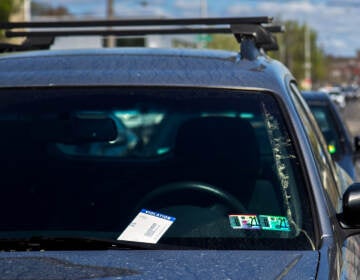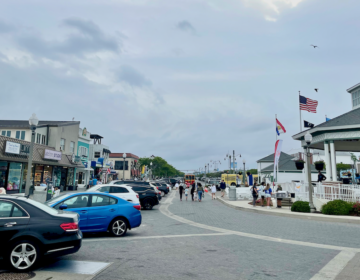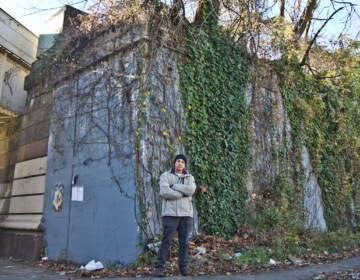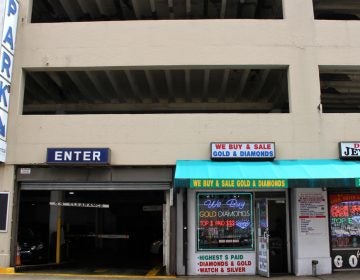Philadelphia to launch ‘Smart Loading Zones’ pilot program
Later this month, 21 zones throughout Center City will be available to reserve through the Pebble Driver App.
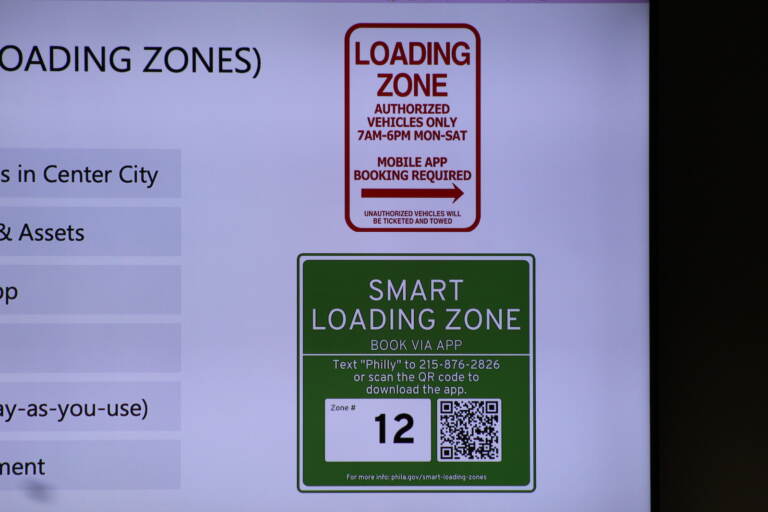
Signs at the loading zones will have a QR code that drivers can scan to download the app. (Cory Sharber/WHYY)
Philadelphia is partnering with a company connected to Google to test a loading zones pilot program.
Pebble at Sidewalk Labs is working with the city of Philadelphia to create bookable loading zones to improve traffic flow in Center City, as well as improve safety for pedestrians, cyclists, and drivers.
Starting Oct. 17, 21 zones throughout Walnut, Chestnut, and Sansom streets will be available to reserve through the Pebble Driver App, the city announced Monday.
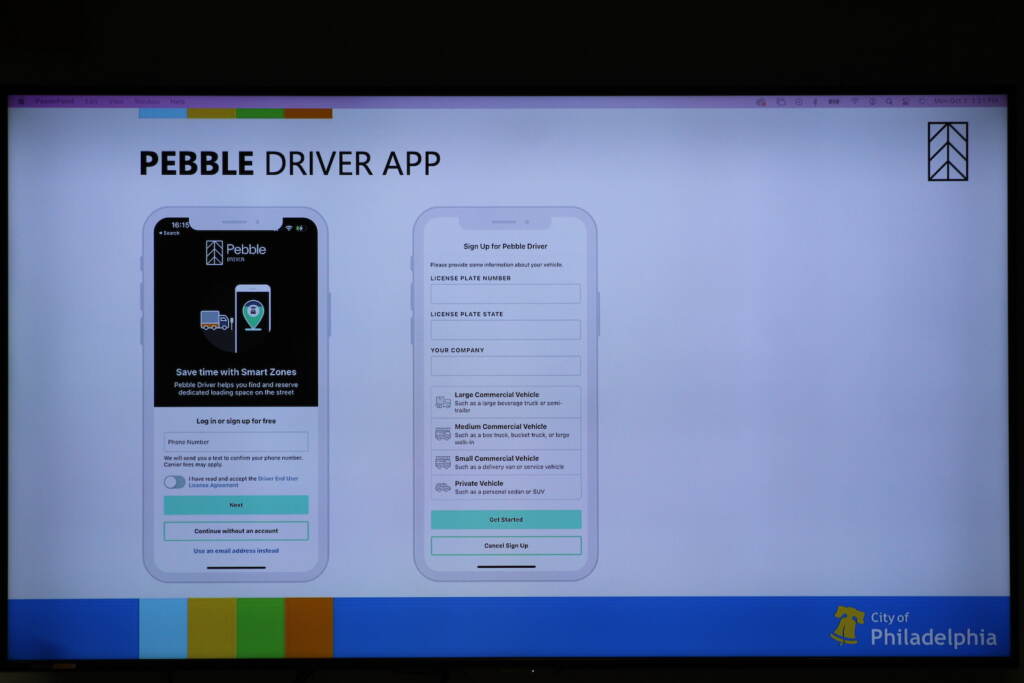
According to Smart Cities Director Akshay Malik, once drivers are within half a mile of a loading zone, they’ll be automatically assigned to an available spot.
“This half a mile restriction and 15 minutes to get to that hole is a restriction to make sure nobody sitting at the desktop can just hold the entire pilot area and not allow anybody to access it,” Malik said.
Users will be charged up to $3 an hour. Drivers who park in Smart Loading Zones without reserving the space could be ticketed or even towed.
Mike Carroll, deputy managing director for Philadelphia’s Office of Transportation and Infrastructure Systems, says this program won’t eliminate congestion completely, but could be another tool to limit the number of drivers blocking traffic.
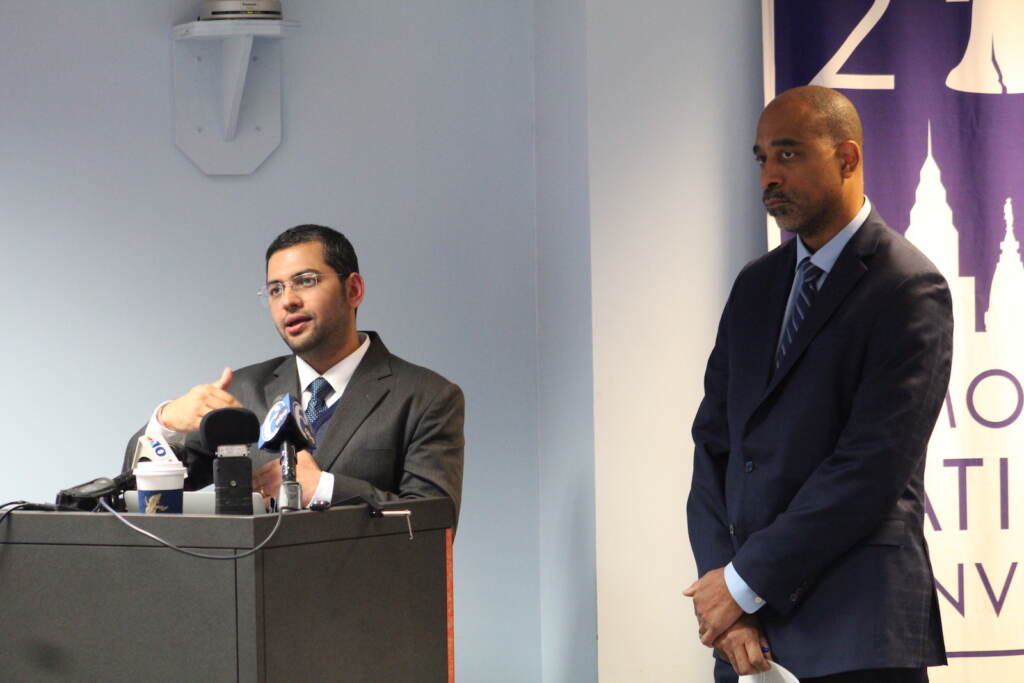
“Having a way to manage the curb, make sure that the curb is used in the most efficient way gets us to the point where people don’t feel like, ‘Well, what’s the difference if I stop at a travel lane?’ Incrementally, as we see what works and doesn’t work with this pilot and figure out what we can scale up, that’s where we really expect to see material differences in terms of congestion,” Carroll said.
Philly currently sees more than 600,000 total residential deliveries per year, and that number is likely to grow, as the World Economic Forum estimates e-commerce demand will bring 36% more delivery vehicles to inner cities by 2030.
In 2019, the city started a six-month pilot program to create all-day loading zones for delivery trucks and ride-hailing cars to load and unload cargo all day with a 20-minute time limit. This was also aimed towards lowering congestion in Center City.
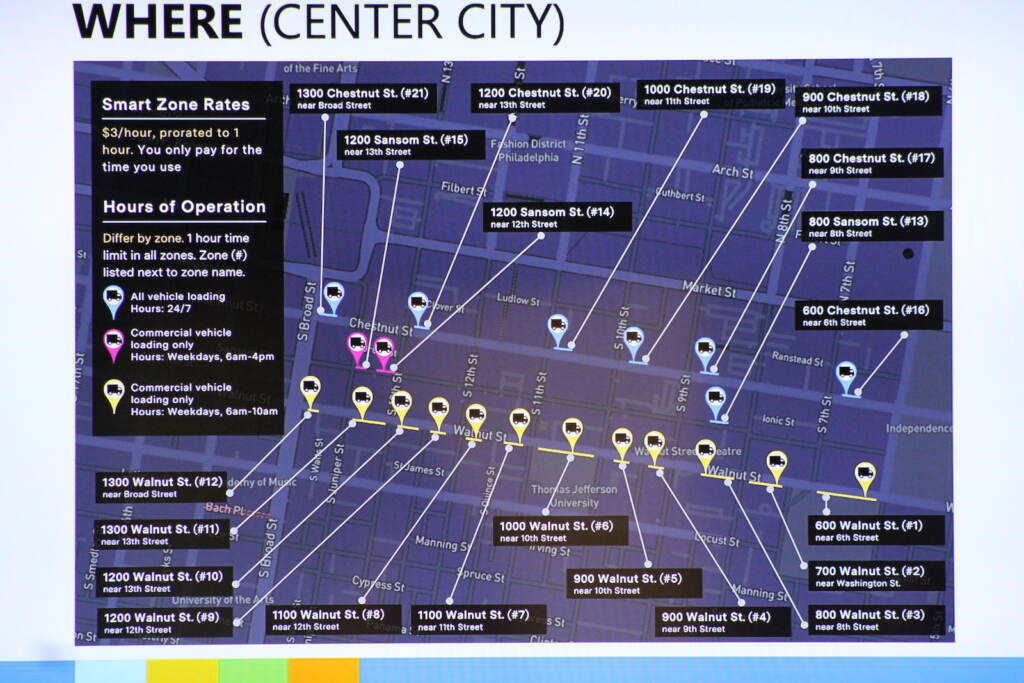
This project also focused on Chestnut Street and created all-day, 80-foot passenger and freight loading zones on each block. The rest of the parking lane was devoted to 2-hour meter parking, with bike-share stations on some blocks. Before the pilot, loading was allowed, but only in the mornings.
The Philadelphia Parking Authority issued more than $2 million worth of tickets to package delivery vehicles in 2020. When vehicles park illegally, it puts pedestrians and cyclists at risk, and slows down traffic.
Washington, D.C. conducted a similar pilot project in 2019. It allowed delivery drivers to reserve curb space in nine areas of the city through the third-party website curbFlow. Crosswalk and bike lane safety improved during the pilot, and instances of double parking went down.
WHYY is your source for fact-based, in-depth journalism and information. As a nonprofit organization, we rely on financial support from readers like you. Please give today.



